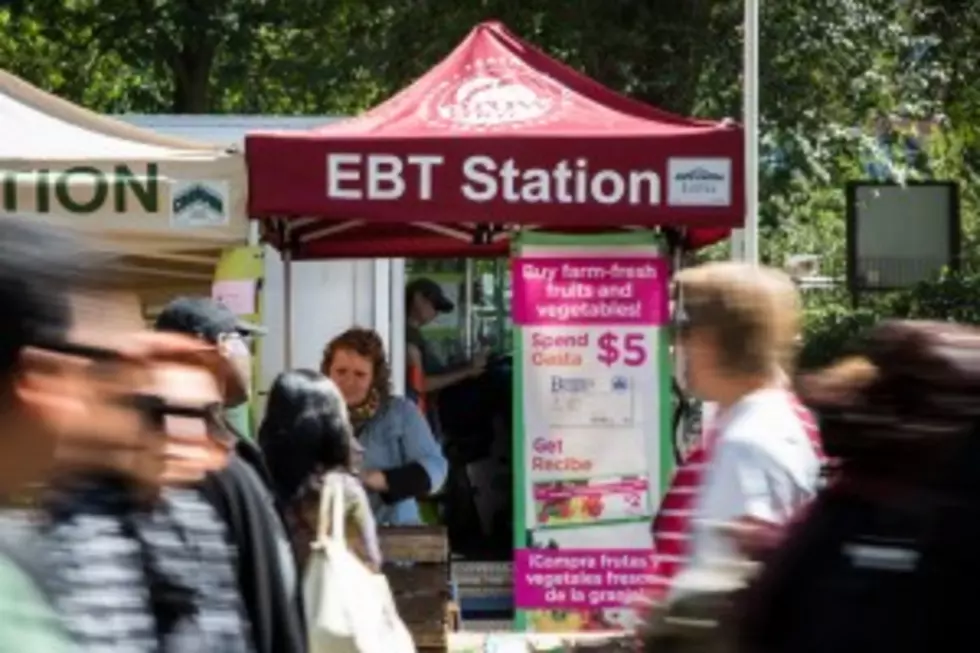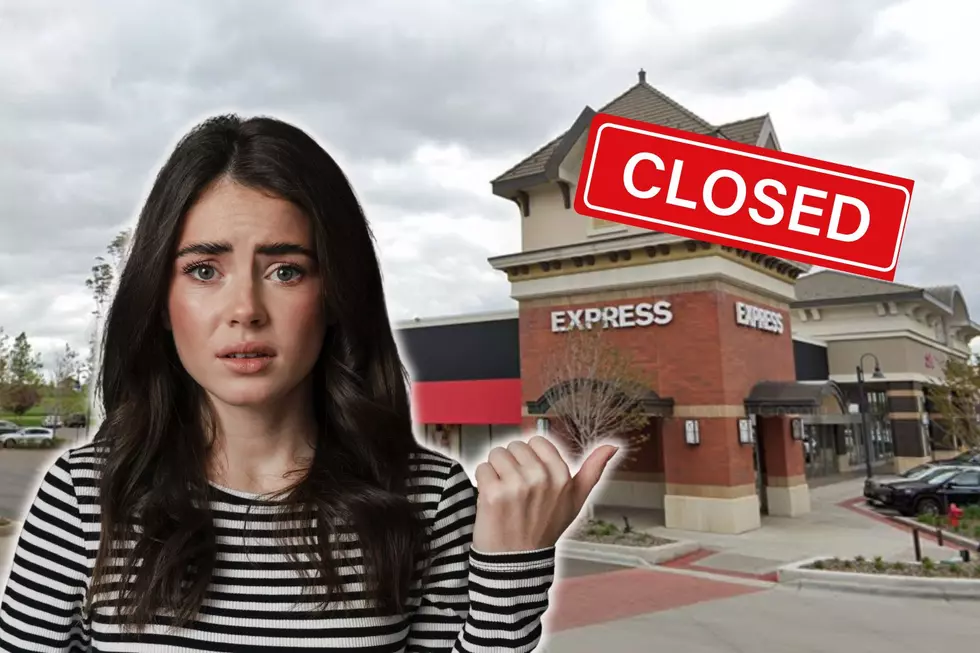
AP- ObamaCare is Pushing Food Stamp Usage Higher
CHICAGO (AP) -- President Barack Obama's health care law has had a surprising side effect: In some states, it appears to be enticing more Americans to apply for food stamps, even as the economy improves.
New, streamlined application systems built for the health care overhaul are making it easier for people to enroll in government benefit programs, including insurance coverage and food stamps.
In most affected states, the enrollment increases were not huge, ranging from 1 percent to 6 percent over two years, according to an Associated Press analysis. The sole exception was Nevada, where enrollment shot up 14 percent.
The enrollment is climbing as Republicans try to cut the costs of the food program and at a time when food-stamp usage would normally be expected to decline. Eligibility rules have not changed.
West Virginia's food-stamp enrollment increased 4 percent after a Medicaid expansion that was part of the health care changes. Enrollment jumped because people were "more engaged with our systems and more aware what they're eligible for," said Jeremiah Samples of the West Virginia Department of Health and Human Resources.
With the economy improving, national food-stamp enrollment declined in 2013 and 2014. But in 11 states, demand rose between January 2013 and the end of 2014, the AP analysis showed.
Ten of those states expanded their Medicaid programs under the health law. Florida did not expand Medicaid but led the nation in health law enrollment in private insurance plans.
Six of the states employed new easy sign-up systems that helped people apply for both Medicaid and the Supplemental Nutrition Assistance Program, better known as food stamps, at the same time. Some used online calculators or click-the-box features.
The food-stamp increase was not envisioned by either supporters or opponents of the new health care system. While it's unclear exactly how much growth can be attributed to the law and incentives it offered to states, the increased enrollment could be expensive. The average food-stamp recipient was paid $125.35 a month last year, according to the U.S. Department of Agriculture, which administers SNAP.
Based on that, the nearly 632,000 people added to food-stamp rolls in the 11 states would cost SNAP nearly $79 million a month.
"It wasn't clear to us whether the Affordable Care Act was going to be something that would cause SNAP enrollment to go up or to go down," said Dorothy Rosenbaum, a senior fellow at the Center on Budget and Policy Priorities, a Washington group that advocates for low-income people.
But advocates hoped state investments in technology and online tools would reach new people needing food benefits. Two out of 10 Americans who are qualified for food stamps have never signed up, Rosenbaum said.
Washington provides the money for food stamps, but the assistance program is administered by the states, with regulations varying from state to state.
The impact of the increased enrollment could grow because more states are planning to upgrade their application systems for social programs, using federal money offered by the administration through 2018.
Under the new health care law, 29 states, including those governed by both Democrats and Republicans, have so far decided to expand their Medicaid programs to cover more low-income people. Five states are still discussing the expansion.
Sixteen states, most led by Republican opponents of the health program, are rejecting the Medicaid expansion. In almost every state refusing to expand Medicaid, food-stamp enrollments have been going down with the improving economy.
Among the states with growing food-stamp use, many made efforts to improve Medicaid and food-stamp enrollment systems, using health-law funding for call centers, document imaging, electronic data matching and other tools, according to a report by the Center on Budget and Policy Priorities.
More From KROC-AM







